20+ Years Experience
Specialist Business Insolvency Company

The pre-pack administration process is a complicated way for companies that are about to go bankrupt to sell their assets before they hire administrators.
A pre-pack sale can be a good way to sell off the company’s assets to a range of potential buyers before the administration process begins.
Alternatively, the old company’s assets can be sold to the same directors under a new company name, effectively retaining the business continuity and giving them a chance to take the most appropriate action for paying creditors.
Directors can use the pre-pack process to establish a new company rather than lose all of the assets of their insolvent company, whether it is a threat from landlords or a demand from HMRC.
In general, pre-pack administration is meant for larger companies.
It can be a complicated and expensive process that works best when the current directors face financial problems that would stop the old company from doing business and force them to turn it into a new company instead of keeping it as it is.
Before pre-pack administration can begin, you need an insolvency practitioner qualified to do pre-pack administration work. SIP 16 rules mean that all options must be considered by the board of directors here, including options linked directly to paying unsecured creditors.
In most cases, this also means appointing advisors, who have usually licensed insolvency practitioners themselves.
If the initial plan involves selling the business (but not the company) to a new company set up in its place, then an official plan needs to be drawn up. This has to contain profit and loss information and forecasts alongside cash flow and balance sheet forecasts, all to indicate the working capital requirements of the new company.
If the plan is to sell the company itself, the IP need copies of management details from the buyer. In both of these general plans, this information is used to see if the new company will be viable.
The insolvency practitioner guidelines mean that the IP must market the business, often through sales memos and websites. They can sell the insolvent company to a new company or third party if no interest is gathered.
However, a competitor may buy it if the business gains interest. This can be confusing, but our licensed insolvency practitioners can help you manage your pre-pack deal effectively.
At this process stage, the IP will get the business formally evaluated. This includes any intellectual property, assets, and goodwill the insolvent company has gathered. Directors of the original company have a fiduciary duty to take care of both secured and unsecured creditors, which can make starting a new company a conflict of interest if done incorrectly.
Financing the acquisition of the insolvent business and its assets is important. A range of specialist lenders can offer the loans you need to buy the old company, as well as some venture capital companies that may do the same thing as long as they can be involved in the building of the new company.
Personal guarantees may be needed from small to medium enterprises, whereas larger companies may find some of the company’s directors removed in the pre-pack.
Getting funding requires a detailed plan and accounting for how you plan to turn the company into a going concern.
With the money in place and compliance satisfied, you can easily begin the pre-packaged sale and get access to the old company. In most cases, a contract is drawn up that appoints a pre-proposed administrator, who will begin the pre-pack administration by contacting any relevant floating charge holders – such as lenders or banks providing the financing.
If they have no objections and everything is approved, the administrator can propose to the court. Straight after that, the business is sold to whoever bought it, whether that is your new company or a third party.
Pre-pack administration is when an old company agrees to sell its assets to a trade buyer.
Unlike asset-based lending, this sale is final and can either be one company absorbing another or the original directors moving their assets to a new company.
Unlike standard administration, pre-pack administration is all about selling a company before the administrator is approved. These pre-packs are meant to provide existing directors with a way to recover their assets and “try again” with a new company, but only if they can afford it. Otherwise, the sales process will sell the old company to a new owner based on a fair price found through independent valuations.
This is perfectly in line with the Insolvency Act and Enterprise Act. However, the purchase price, finances from bank facilities and key stakeholders in the process will vary from company to company, meaning that the process itself can vary heavily depending on who is carrying it out (and how).
In general, this method of selling a business is mostly used to try and maintain a lot of the goodwill, assets and control that the original directors had. However, if it fails, it also provides a way to liquidate a business while ensuring that some other company gets the core assets.
If your company is under severe threat from creditors and/or liquidation, then acting quickly is important to avoid liquidated assets. Contacting a licensed insolvency practitioner is the best course of action. They will assess your business to work out the right way forward, with pre-pack administration being a very viable option in many cases.
If pre-pack administration is chosen, the insolvency practitioner will value the company’s assets and develop a statement of affairs. Suppose the old company is planned to be sold. In that case, the appointed insolvency practitioner will draw up a plan demonstrating the new company’s viability and its ability to buy the existing company. They will then market the existing company for sale immediately, and if no interest is garnered, they will sell it to the existing directors operating a new company.
They will select the most viable buyer for the old company with the best offer if they receive offers and interest. Potential buyers can include competitors or even one of the company’s creditors. The company enters administration, and all legal action is suspended. Then a creditors’ meeting will be called to explain the insolvency process selection. In most cases, the company is liquidated to repay creditors whilst in this state.
Pre-pack administration allows for the easy sale of an existing business as a going concern without succumbing to creditor pressure.
Management information can be retained, and company assets can be kept under the same directors, allowing the insolvency procedure to occur without killing the new company.
This also retains the business’ image and avoids potential losses often found through regular administration.
This preserves funds for the creditors, meeting the need to repay them and allowing the directors to move to a new company if they want to continue operating in the same industry.
Pre-pack administration can be very complex, even with insolvency practitioners backing up the entire pre-pack administration process.
There are also some downsides to how the process works, which can make pre-pack administrations less likely in specific circumstances. For example, some of your current customers and creditors may suffer a loss after the business is sold, leading to cases where a landlord refuses to transfer the lease.
Suppliers may not immediately support the new company after pre-pack administration and may not even trust the directors to pay their debts. Since directors can walk away from creditors if they cannot pay them, it may make connected parties and previously secured creditors less likely to work with the same directors again if they feel like they were being “ripped off”.
The director’s position can also create situations where pre-pack administration leads to a conflict of interests. While mandatory scrutiny is enforced, there can still be times when a director may end up being caught between their company’s debts and their new company’s success, causing a financial loss to certain creditors and clients if they cannot take the right legal actions.
A company can enter pre-pack administration in several ways, usually by resolution of the board at a board meeting. This requires filing a document known as a notice of intention, which marks the officially appointed administrator. Pre-pack administration also requires a Statement of Insolvency Practice 16 (SIP 16).
SIP 16 states that the business should receive a fair value, overall market value, marketing campaign, and sale agreed in advance of the newly appointed administration. The sale agreement is usually dealt with just ahead of or just after the administration. However, this also requires the entire process to be handled in a specific way.
The insolvency practitioner needs to value and market the business. Sale agreements are drafted between the IP and the purchaser, with terms being handled as needed. A qualifying floating charge holder (QFC) can appoint an administrator or allow the directors to choose for them. Early engagement is important to ensure the QFC owner understands the situation throughout the entire administration process, and the IP will usually contract them throughout.
The company, now in administration, is left with the assets and sale consideration distributed amongst creditors before the company is resolved. Pre-appointment fees can be paid in advance, either by the company or with funds from the administration, although this needs creditor approval. Creditors vote on these fees to judge if they are reasonable.
Compared to a method like a company voluntary arrangement or regular liquidation, pre-pack administration can provide alternative solutions to some of the biggest problems regarding a failing business. Not only can it relieve threats like a winding-up petition, but it also allows directors to avoid a winding-up petition altogether by liquidating part of their business while moving on to another company.
This entire process is complex and requires licensed insolvency practitioners to manage correctly. However, the right licensed insolvency practitioners and the correct approach can make pre-pack administration a valuable way to maintain a business even after it fails.
Transferring some of the assets and leadership of the old company to a new company makes it possible to regain control of the business’s finances and push for greater success while also paying creditors expecting money from the old company.
Our licensed insolvency practitioner teams can provide the expertise you need to complete the process correctly. Do not hesitate to contact us if you are looking for an IP that you can trust, especially if you are not sure who else you can turn to and do not know how to track down another insolvency practitioner that will support your business throughout the administration.
Here are some other informative articles about business debt in the UK:

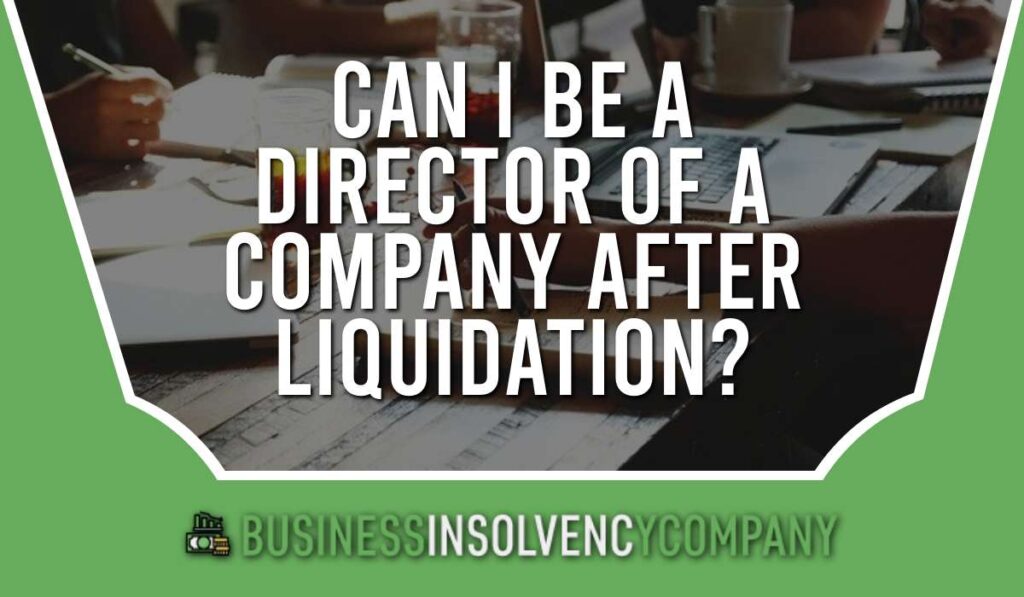




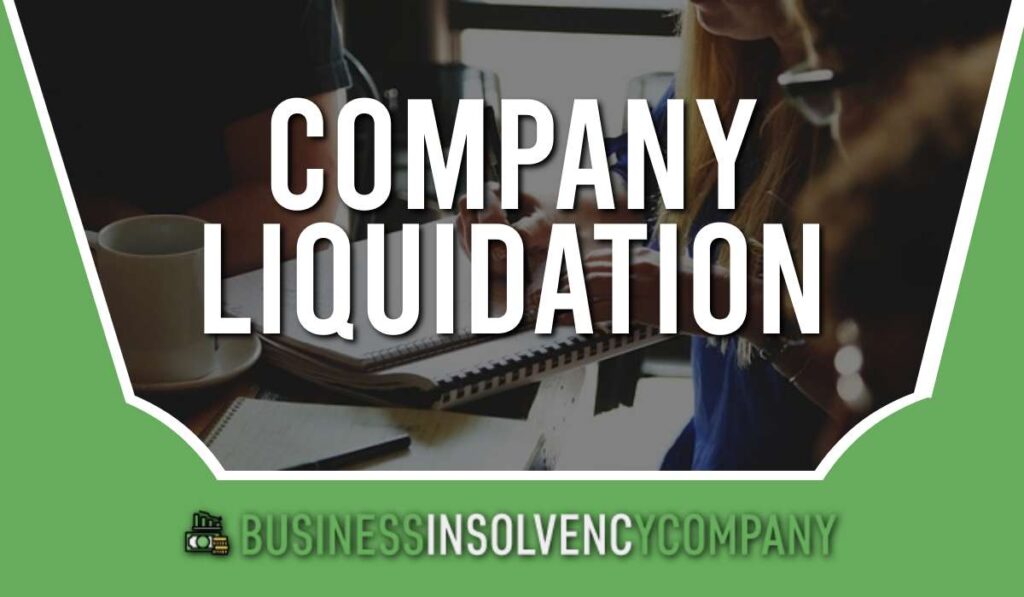
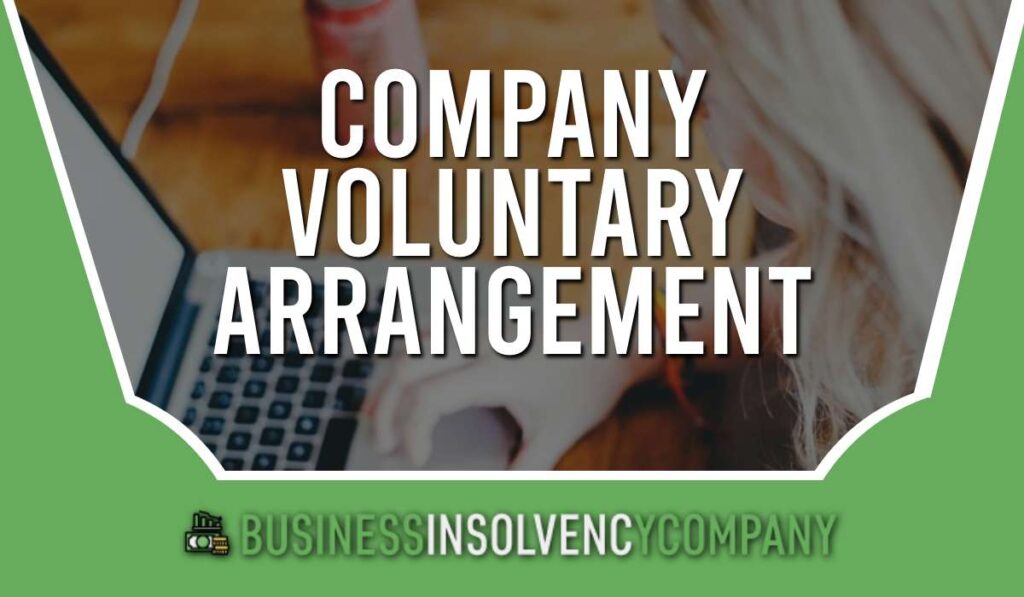


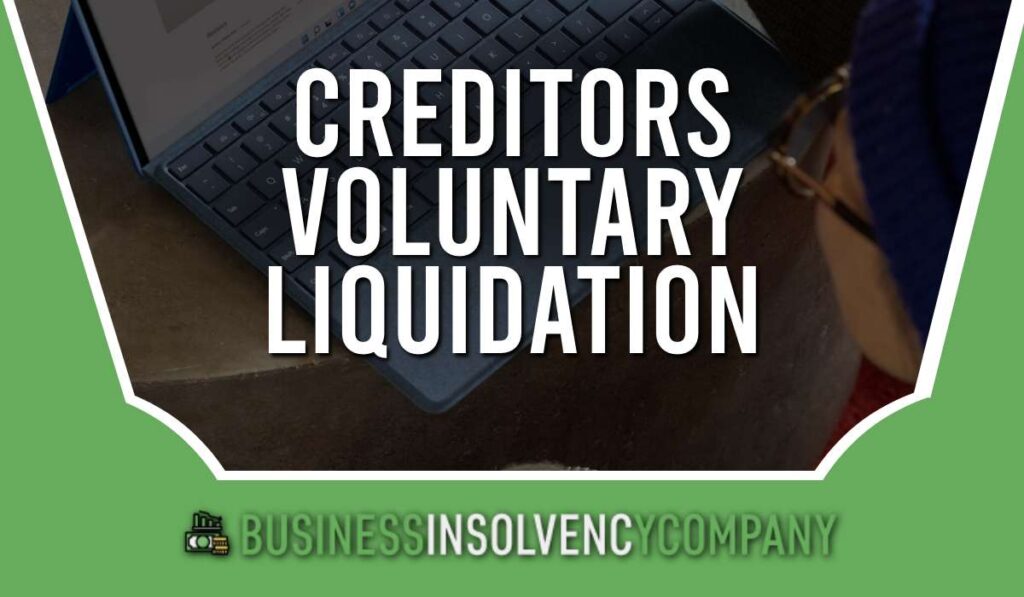
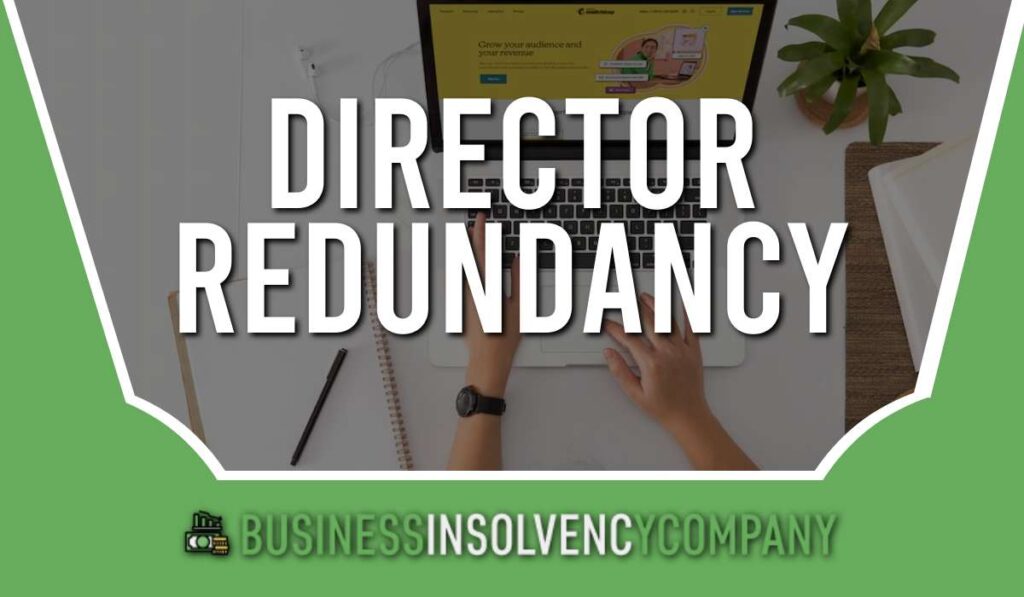

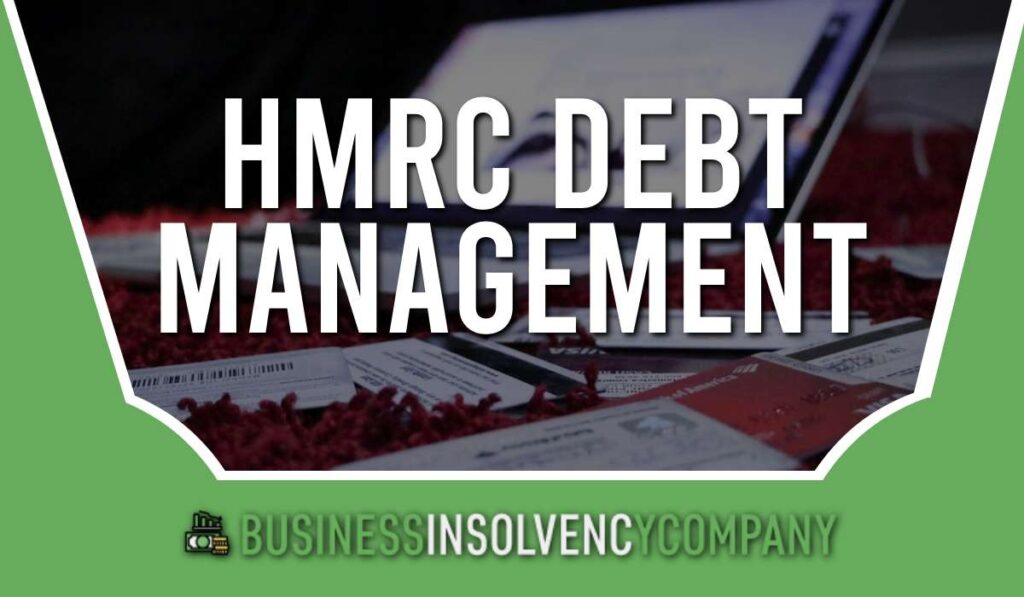

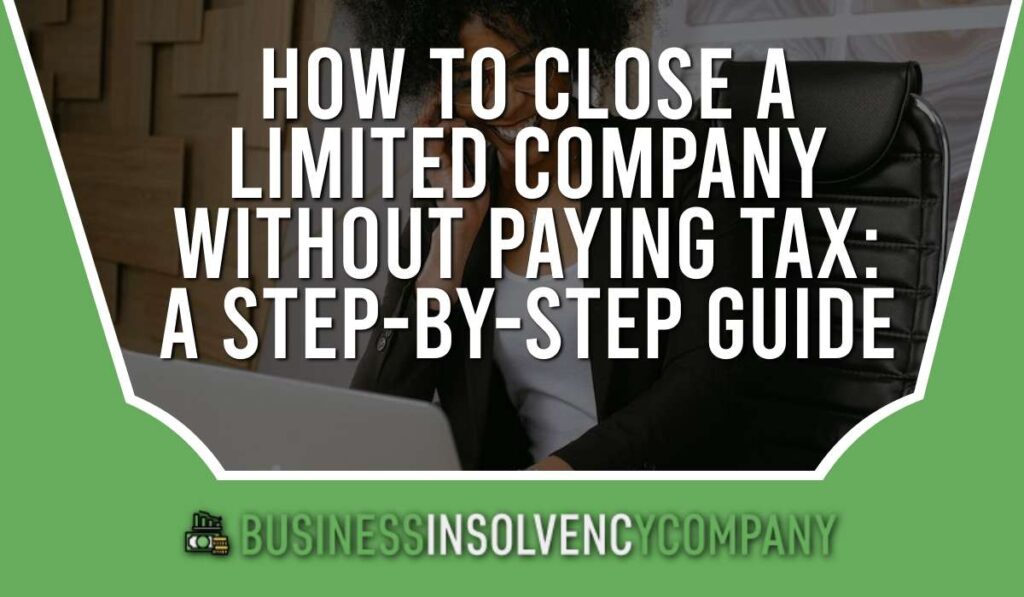
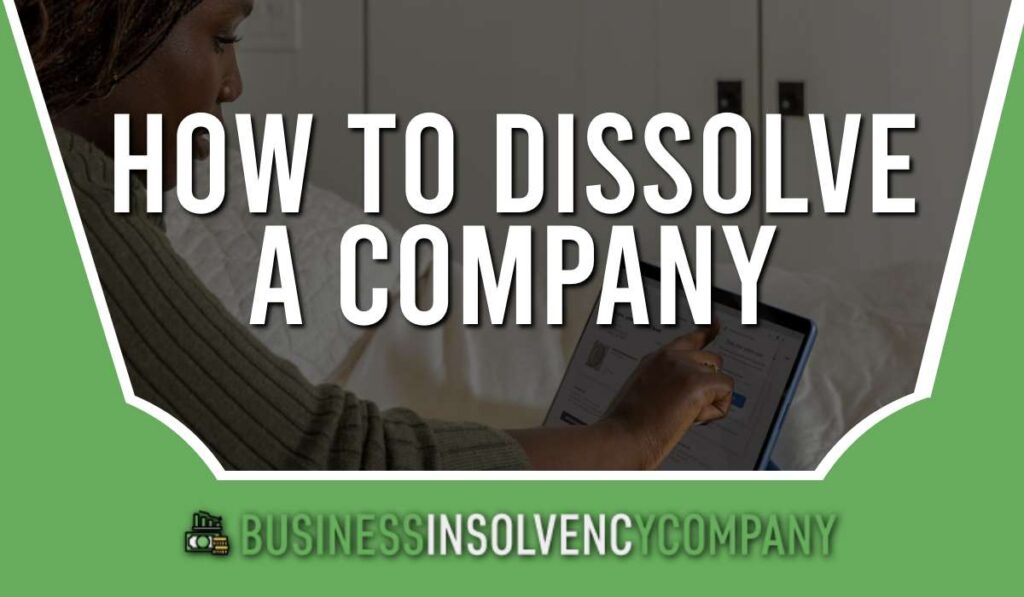



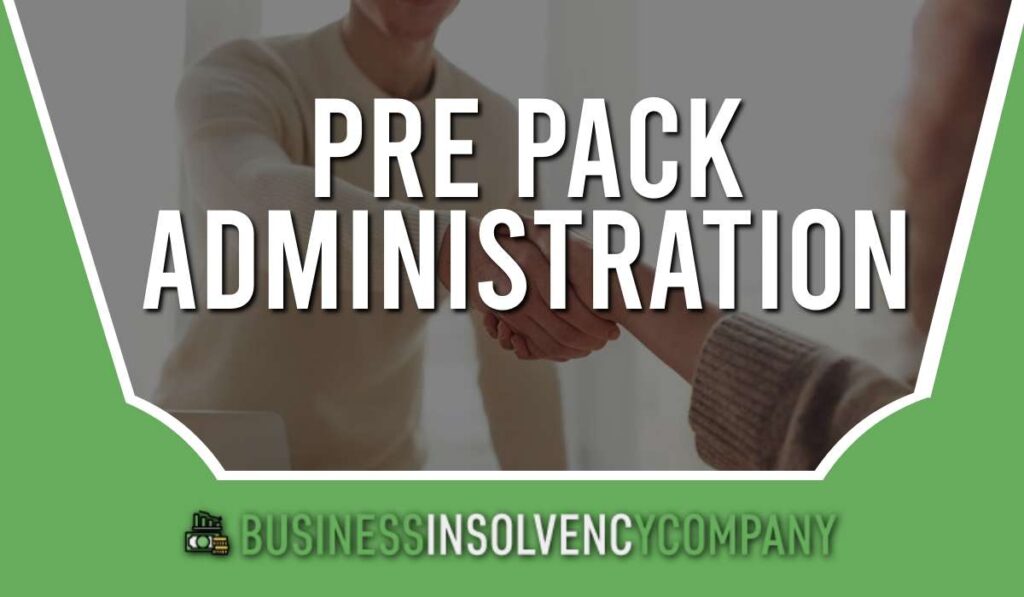






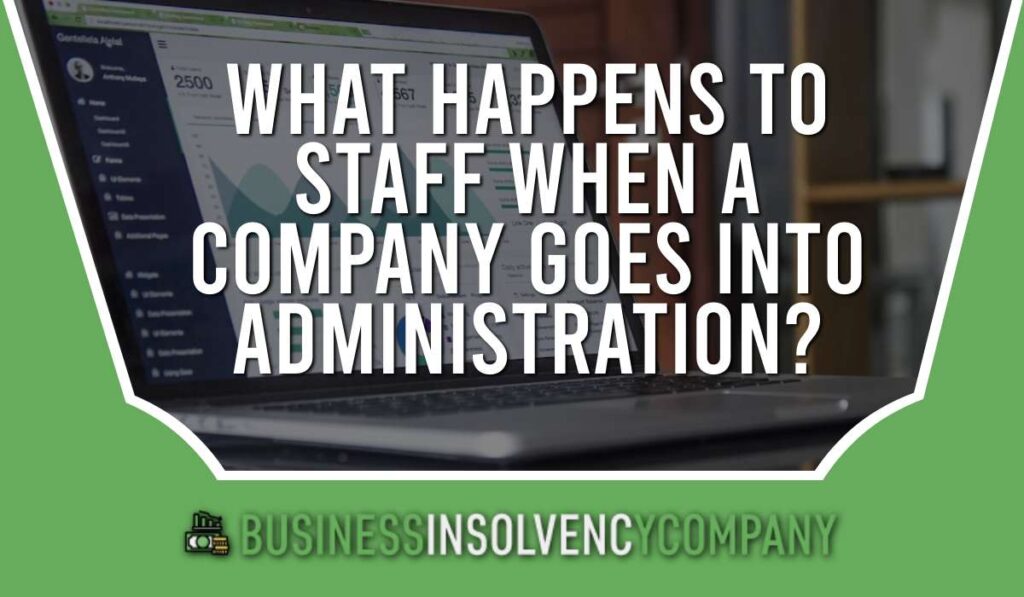

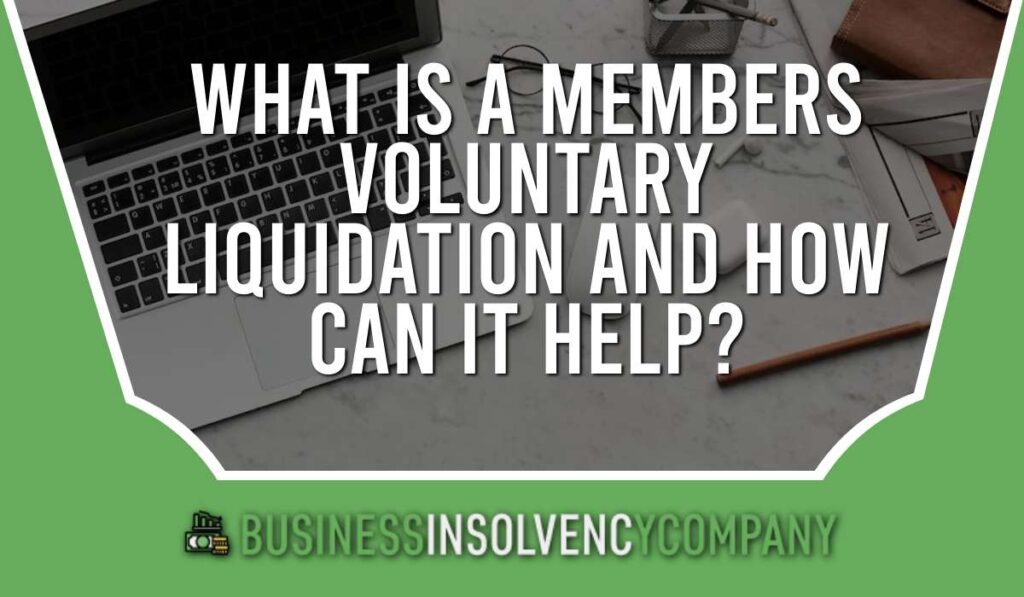



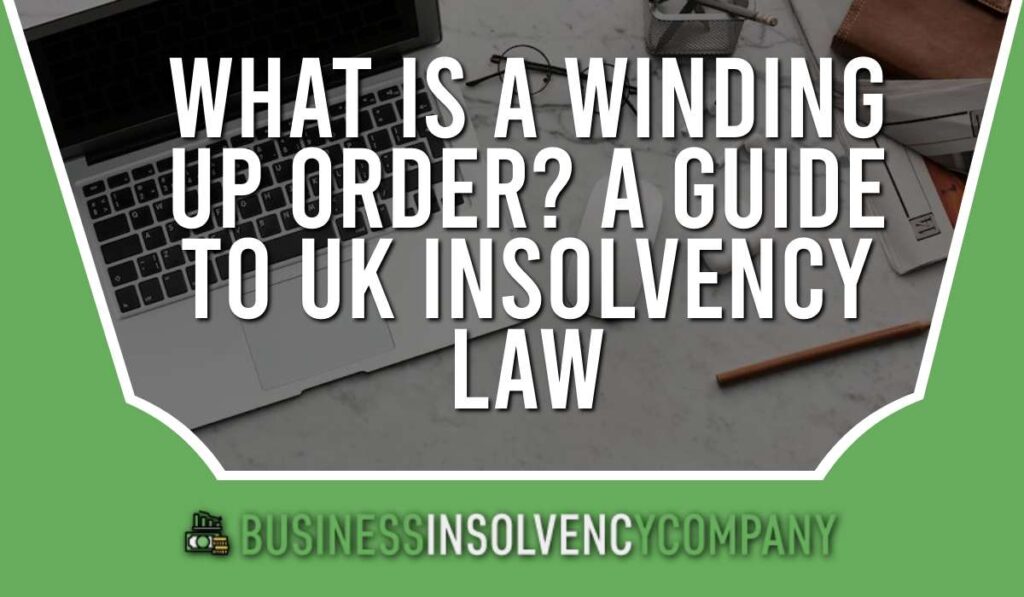




We Aim To Reply To All Enquiries With-in 24-Hours